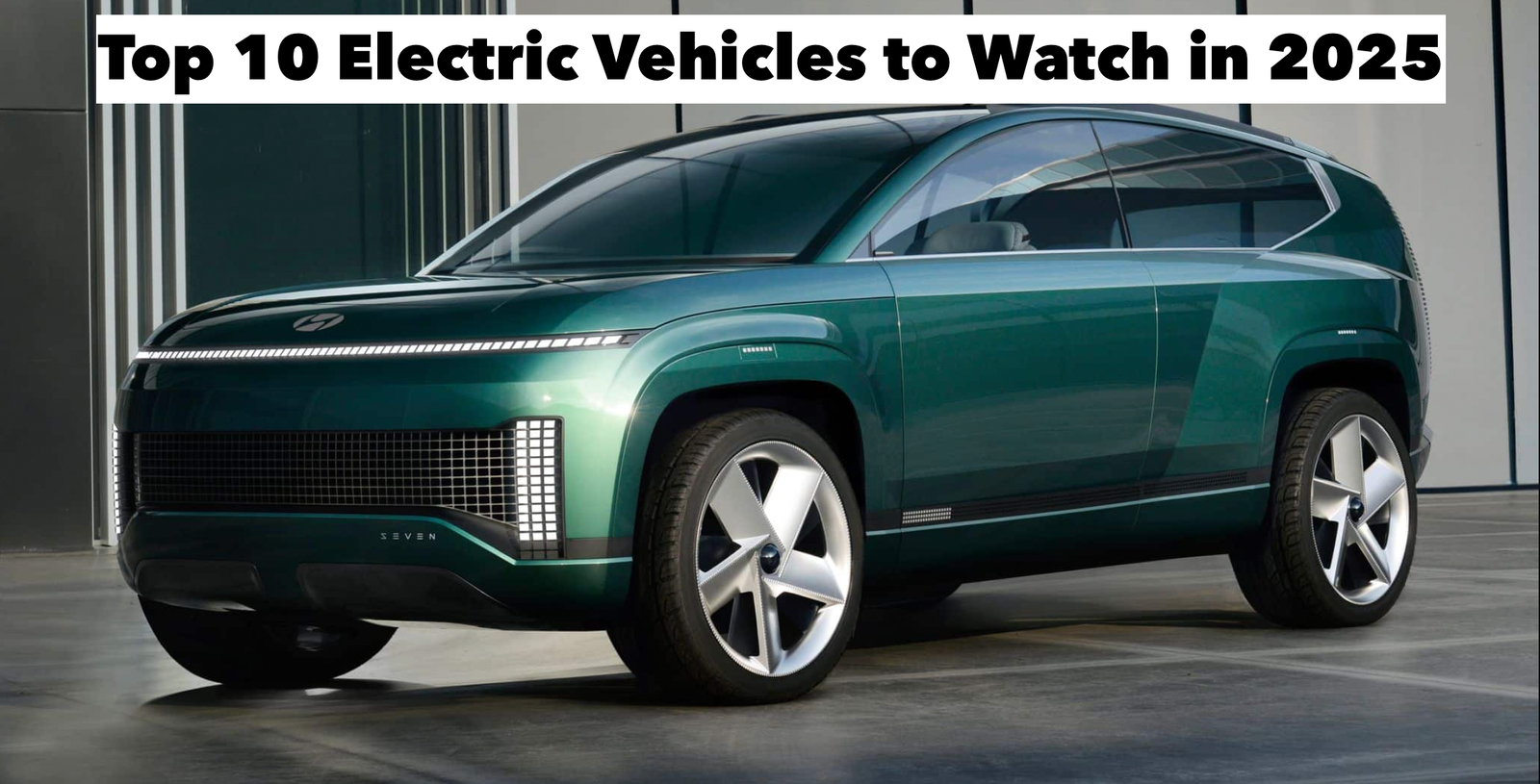As the world increasingly focuses on sustainability, homeowners are looking for ways to reduce energy consumption and lower their electricity bills. Smart home technology has proven to be a game changer in the pursuit of energy efficiency. Integrating smart devices into your home allows you to automate energy usage, monitor consumption, and make informed decisions that contribute to a greener lifestyle. In this article, we look at the 10 best smart home devices that can help you maximize your energy efficiency.
1. Smart Thermostats
Key features: Programmable schedules, remote control, learning algorithms.
Smart thermostats like the Nest Learning Thermostat and Ecobee SmartThermostat have revolutionized home climate control. These devices learn your schedule and preferences and adjust the temperature accordingly. Features like geofencing and remote access via a smartphone app can help minimize heating and cooling when you’re away, resulting in significant energy savings.
2. Smart LED Bulbs
Key features: color options, dimming, app control.
Switching to smart LED bulbs from brands like Philips Hue or LIFX not only cuts energy consumption, but also improves the ambiance in your home. These lamps use up to 80% less energy than traditional incandescents and can be controlled remotely. Features like schedules and dimming help you optimize usage and further reduce your electricity costs.
3. Smart Plugs
Key features: Energy monitoring, scheduling, remote access.
Smart plugs like those from TP-Link and Wemo allow you to turn ordinary appliances into smart devices. Once you connect a device, you can monitor its energy usage and set a schedule to keep it running during off-peak hours. This is especially useful for devices like heaters and air conditioners, which can be programmed to only turn on when needed.
4. Energy Monitoring Systems
Key features: real-time tracking, historical data, device failures.
Energy monitoring systems such as Sense and Neurio provide insight into your home’s energy consumption. These devices connect to your switchboard and track your energy usage in real time. They provide a breakdown of which devices are using the most electricity. This information helps you make informed decisions about your consumption and identify areas for improvement.
5. Smart Home Hub
Key features: centralized management, automation capabilities, compatibility with various devices.
Smart home hubs, such as Samsung SmartThings and Amazon Echo Plus, act as a central control system for all your smart devices. By integrating various gadgets, you can create automated routines that improve energy efficiency. For example, you can set the lights to turn off when you leave the house or adjust the thermostat based on outdoor weather conditions.
6. Smart Blinds
Key features: automatic adjustments, power-saving modes, integration with home systems.
Smart blinds, like the Lutron Serena and IKEA FYRTUR, help regulate indoor temperatures by controlling the amount of sunlight entering your home. Using sensors and timers, blinds can be automatically closed during the hottest parts of the day, reducing the need for air conditioning. In winter, you can open windows to let in sunlight, helping to naturally warm the space.
7. Smart Appliances
Key features: Energy-efficient design, remote control, usage analytics.
Modern smart appliances, such as refrigerators, washing machines, and dishwashers, are equipped with energy-efficient technology and connectivity. Brands such as LG and Samsung offer devices that can be controlled with a smartphone app, so you can run them during off-peak hours and monitor energy usage patterns. These devices often use sensors to optimize performance and minimize energy waste.
8. Smart Water Heaters
Key features: Adaptive heating schedule, remote monitoring, leak detection.
Smart water heaters like Rheem and EcoSmart can significantly reduce energy consumption by adjusting heating schedules based on usage patterns. They can be controlled remotely, so they can be turned off when not needed or programmed to heat water during off-peak hours. Many models also come with leak detection, preventing costly water damage and wasted resources.
9. Smart Irrigation Systems
Key Features: Weather-based adjustments, humidity sensors, remote access.
For those looking to improve outdoor energy efficiency, smart irrigation systems like Rachio and RainMachine can optimize water usage for landscaping. These systems adjust watering schedules based on real-time weather data, ensuring your garden receives the right amount of water without wasting resources. This is especially beneficial for maintaining plant health while conserving water.
10. Smart Smoke and Carbon Monoxide Detectors
Key features: Mobile alerts, connected systems, self-test capabilities.
Although not traditionally thought of as energy-saving devices, smart smoke and carbon monoxide detectors can increase safety and indirectly contribute to energy efficiency. Devices such as Nest Protect send alerts to your smartphone so you can respond quickly in an emergency. They also offer self-test capabilities to ensure they’re functioning properly without wasting energy on constant monitoring.
Conclusion:
Integrating smart home technology can result in significant energy savings, reduced environmental impact, and increased comfort. The devices listed above represent some of the best options available for improving the energy efficiency of your home. As technology advances, these devices become more powerful and connected, making sustainable living easier than ever before. Investing in these smart home devices will not only make your life easier, but it will also contribute to a healthier planet.



